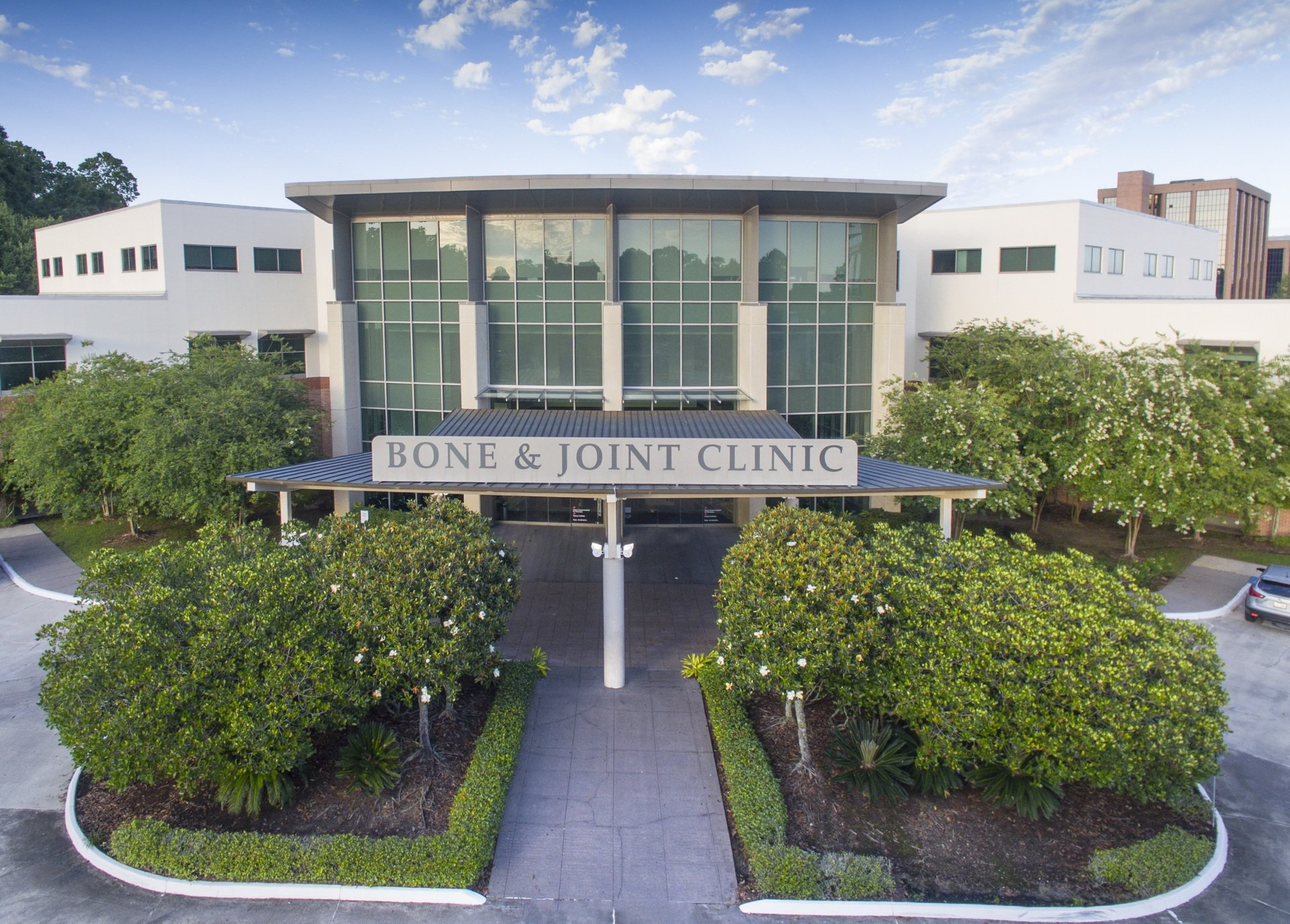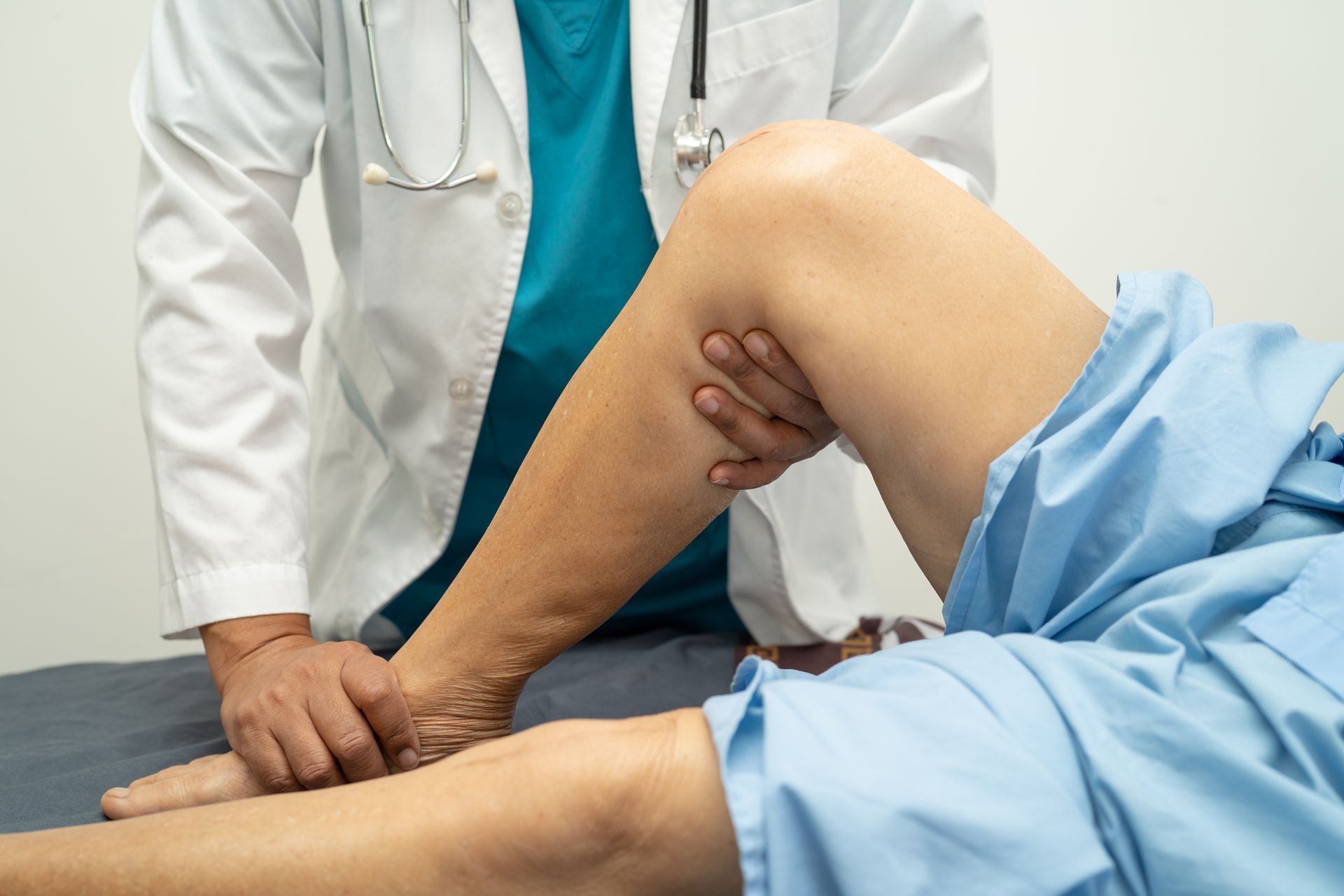Regardless of the field, medical advancements have always paved the way for innovative treatments that can provide more effective and reliable outcomes. One of the more recent and groundbreaking therapies to revolutionize orthopedic treatment is the use of platelet-rich plasma (PRP) - a fascinating technique that can accelerate the healing process and improve outcomes.
Understanding Platelet-Rich Plasma (PRP)
Platelet-Rich Plasma, as the name suggests, is a concentrated solution derived from a patient's own blood, rich in platelets, growth factors, and other bioactive molecules. Platelets play a crucial role in the body's natural healing process, as they release growth factors that stimulate
tissue repair and regeneration.
The process of obtaining PRP begins with a simple blood draw from the patient. The blood is then spun in a centrifuge to separate its components based on density. This separation yields a concentrated plasma solution with a significantly higher platelet count than regular blood.
How PRP Enhances Orthopedic Healing
PRP has gained significant attention in orthopedics due to its potential to accelerate healing and tissue regeneration. The increased concentration of platelets in PRP releases a variety of growth factors, including platelet-derived growth factor (PDGF), transforming growth factor-beta (TGF-β), and vascular endothelial growth factor (VEGF), among others. These growth factors play pivotal roles in the healing process by promoting cell proliferation, collagen formation, and blood vessel formation.
PRP Applications in Orthopedics
- Osteoarthritis Treatment: PRP injections have shown promising results in managing the symptoms of osteoarthritis. When injected directly into the affected joint, PRP can potentially reduce inflammation, alleviate pain, and stimulate cartilage repair.
- Tendon Injuries: Common orthopedic injuries, such as rotator cuff tears, Achilles tendonitis, and tennis elbow, can benefit from PRP therapy. By delivering growth factors directly to the injured area, PRP promotes faster healing and improves tendon strength.
- Ligament Injuries: Ligament injuries, like anterior cruciate ligament (ACL) tears, can be slow to heal and may require surgery. PRP injections have been explored as a complementary treatment to enhance ligament repair and support the recovery process.
- Fracture Healing: PRP has demonstrated its potential in accelerating bone healing and improving bone union in fractures. Its regenerative properties can aid in reducing the time required for immobilization and hasten the return to normal activities.
Platelet-Rich Plasma (PRP) is undoubtedly an exciting frontier in orthopedics, offering a natural and effective way to enhance the body's healing capabilities. As research in this field continues to evolve, PRP holds the potential to transform the landscape of orthopedic healing, providing patients with improved outcomes and a faster return to an active and pain-free life. However, like any medical treatment, it is crucial to consult with a
qualified orthopedic specialist like the physicians at
The Bone and Joint Clinic of Baton Rouge to determine the most suitable approach for individual cases. As science and technology progress, we can only expect PRP to play an increasingly significant role in revolutionizing orthopedic care and paving the way for a healthier, more mobile future.




